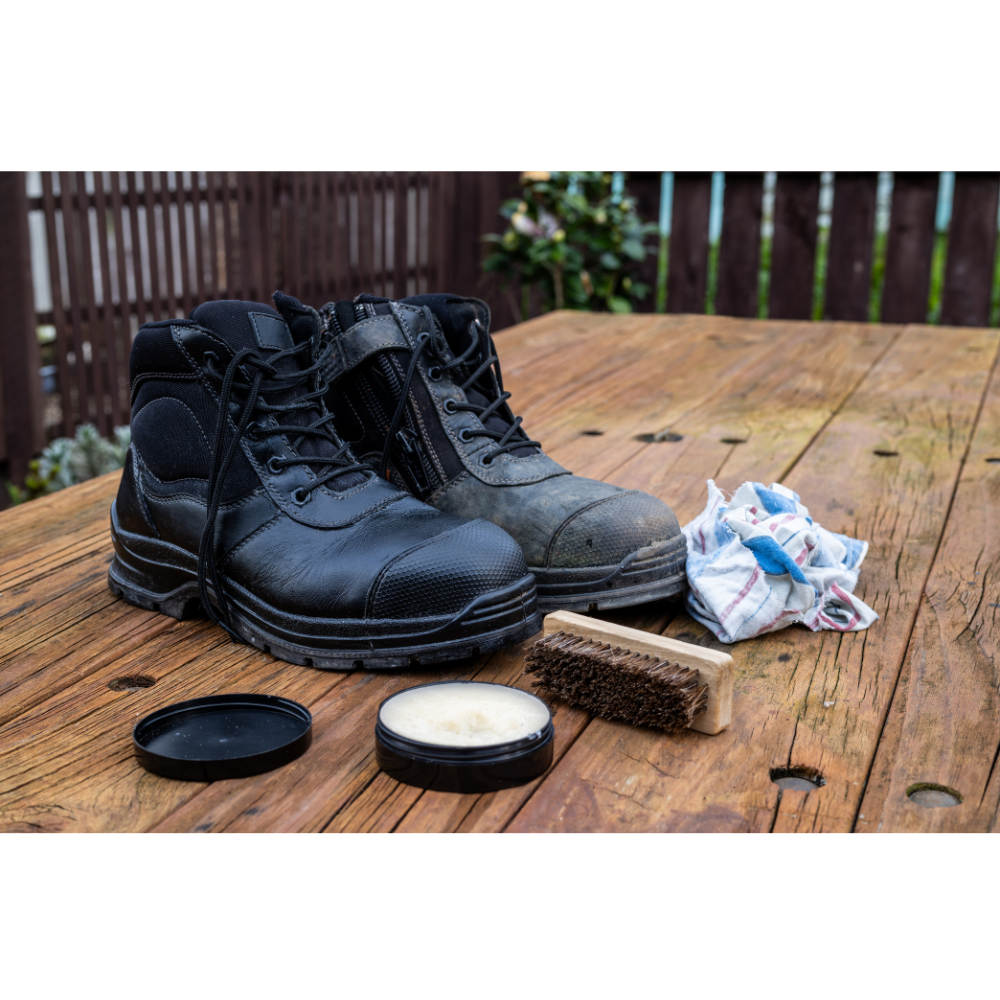
Hiking boots are an essential part of any outdoor enthusiast’s gear. Whether you’re trekking through muddy trails, rocky terrain, or snowy landscapes, your boots take a beating. Proper aftercare not only extends their lifespan but also ensures comfort and performance on your next adventure. In this guide, we’ll walk you through how to clean hiking boots and keep them in top shape for years to come.
Why Proper Boot Care Matters
Many hikers make the mistake of neglecting their boots after a long day on the trail. Dirt build-up, improper drying, and lack of waterproofing can degrade the materials and shorten their lifespan. Investing in a little time in hiking boot care ensures:
- Durability – Regular maintenance prevents cracks, worn soles, and weakened seams.
- Comfort – Clean, well-maintained boots provide better support and reduce the risk of blisters
- Waterproofing – Dirt and grime can compromise waterproof layers, leading to wet and uncomfortable feet.
This guide will bring you step by step through the best way to clean hiking boots, dry them properly, and maintain their condition.
Step-by-Step Cleaning Process
- Removing Dirt and Debris After a Hike
The first step in how to clean hiking shoes is to remove any surface dirt before it settles into the fabric or leather.
- Knock your boots together to dislodge loose dirt.
- Use a soft-bristle brush or an old toothbrush to scrub away dried mud.
- If your boots have removable insoles, take them out and shake out any debris inside.
- For deeper dirt, rinse the boots under lukewarm water. Avoid soaking them completely, as this can damage certain materials.
- Deep Cleaning Based on Material
Depending on your boot material, the cleaning process will vary:
Leather hiking boots
- Use a damp or a brush to wipe away dirt
- Apply a leather-specific cleaner with soft cloth. Avoid household soaps, which can dry out the leather.
- Rinse gently and let them air dry.
Suede and Nubuck Boots
- Use a suede brush or eraser to remove surface dirt without damaging the texture.
- For stains, use a nubuck cleaner and a damp cloth, never soak the boots in water.
- Allow them to dry completely before applying a waterproofing treatment.
Synthetic Hiking Boots
- Mix mild soap with warm water and scrub the boots using a brush.
- Rinse thoroughly and wipe off excess water with a clean towel.
- Let them air dry in a well-ventilated area.
Drying and storage tips
- Avoid Direct Heat
A common mistake is placing wet boots near a radiator or fireplace. Direct heat can:
- Cause leather to crack.
- Weaken glue and stitching.
- Warp synthetic materials.
- Best Ways to Dry Hiking Boots
- Stuff your boots with newspaper to absorb moisture. Replace it every few hours.
- Let them air dry in a shaded, ventilated area.
- Use a boot dryer if you need to speed up the process, just ensure it’s set to a low temperature.
- Proper Boot Storage
To keep your boots in top shape between hikes:
- Store them in a cool, dry place away from direct sunlight.
- Avoid sealing them in airtight containers, which can trap moisture and lead to mould.
- Use boot trees or crumpled newspaper to maintain their shape.
Waterproofing and Conditioning
- When and how to Waterproof Your Boots
Even waterproof boots lose their effectiveness over time. After deep cleaning hiking boots, check if they need reproofing by sprinkling water on the surface of the boot. If the water absorbs instead of beading up, it’s time for a waterproofing treatment.
- For leather boots, use a boot wax or waterproofing cream.
- For suede, nubuck, or synthetic boots, apply a reproofing spray designed for the specific material.
- Let the boots dry completely before wearing them again.
- Conditioning Leather Boots
Leather needs extra care to remain flexible and crack-free:
- Apply a leather conditioner after cleaning to restore moisture.
- Avoid using too much product, as this can over-soften the leather and weaken support.
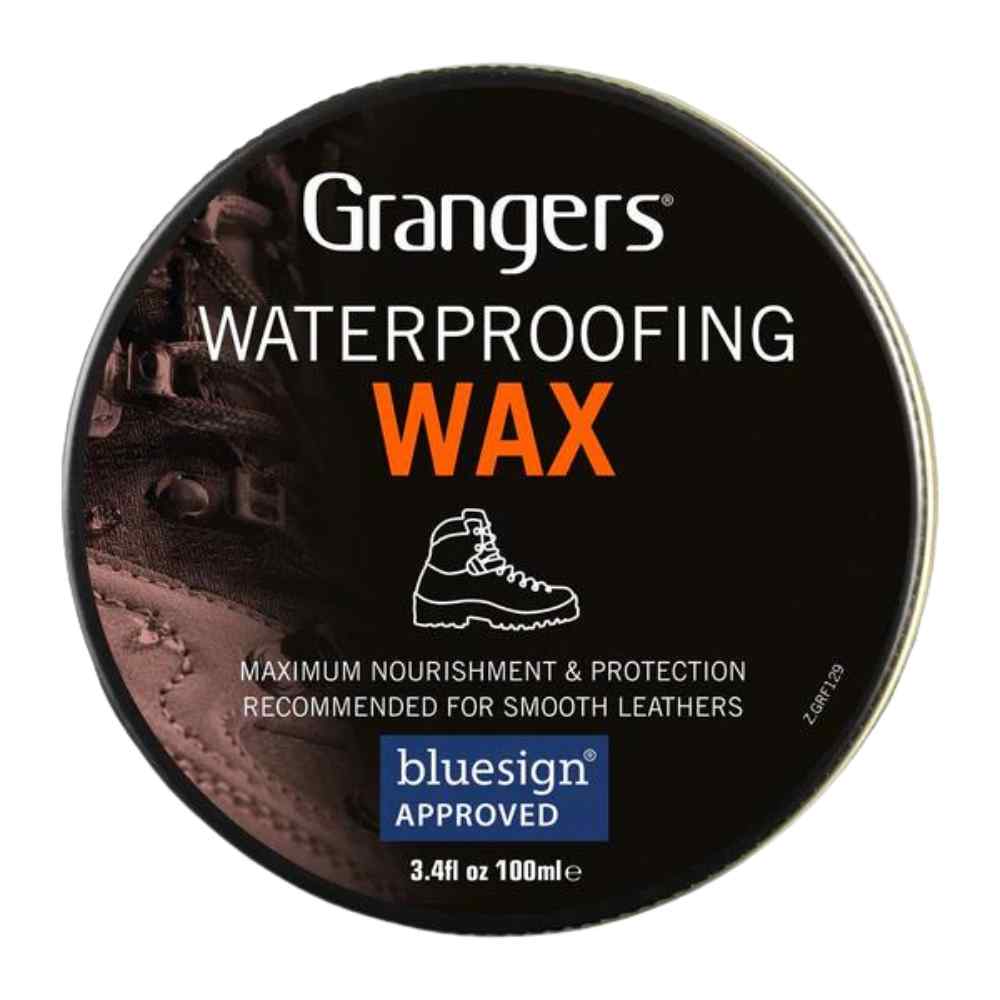
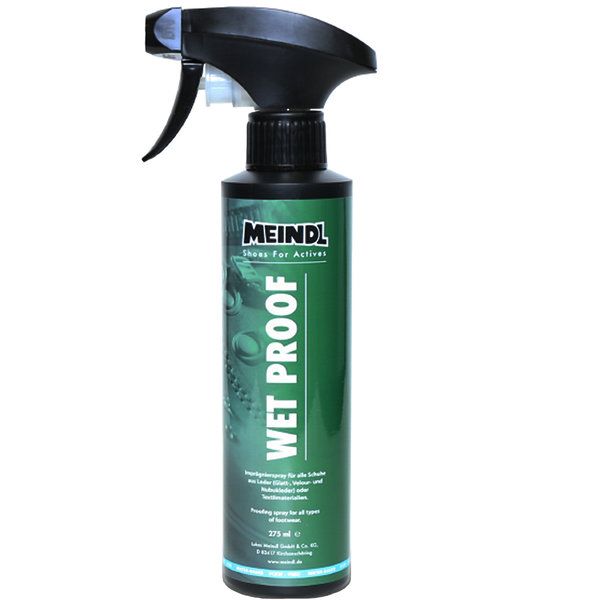
Grangers Leather Waterproofing Wax Meindl Wet Proof
Dealing with Odours and Wear & Tear
- Preventing and Removing Bad Odours
After long hikes, boots can develop unpleasant smells due to moisture and bacteria build-up.
Here’s how to keep them fresh:
- Let your boots air out after each hike.
- Wash removable insole separately to prevent odour build-up.
- Avoid wearing cotton socks, which trap moisture, opt for moisture-wicking wool or synthetic socks instead.
- Checking for Wear and Tear
Regularly inspect your boots for signs of wear:
- Check the boot tread, if the grip is worn down, it may be time for new boots.
- Look for cracks, loose stitching, or peeling soles.
- If the soles are worn but the uppers are in good condition, consider resoling instead of replacing the boots entirely.
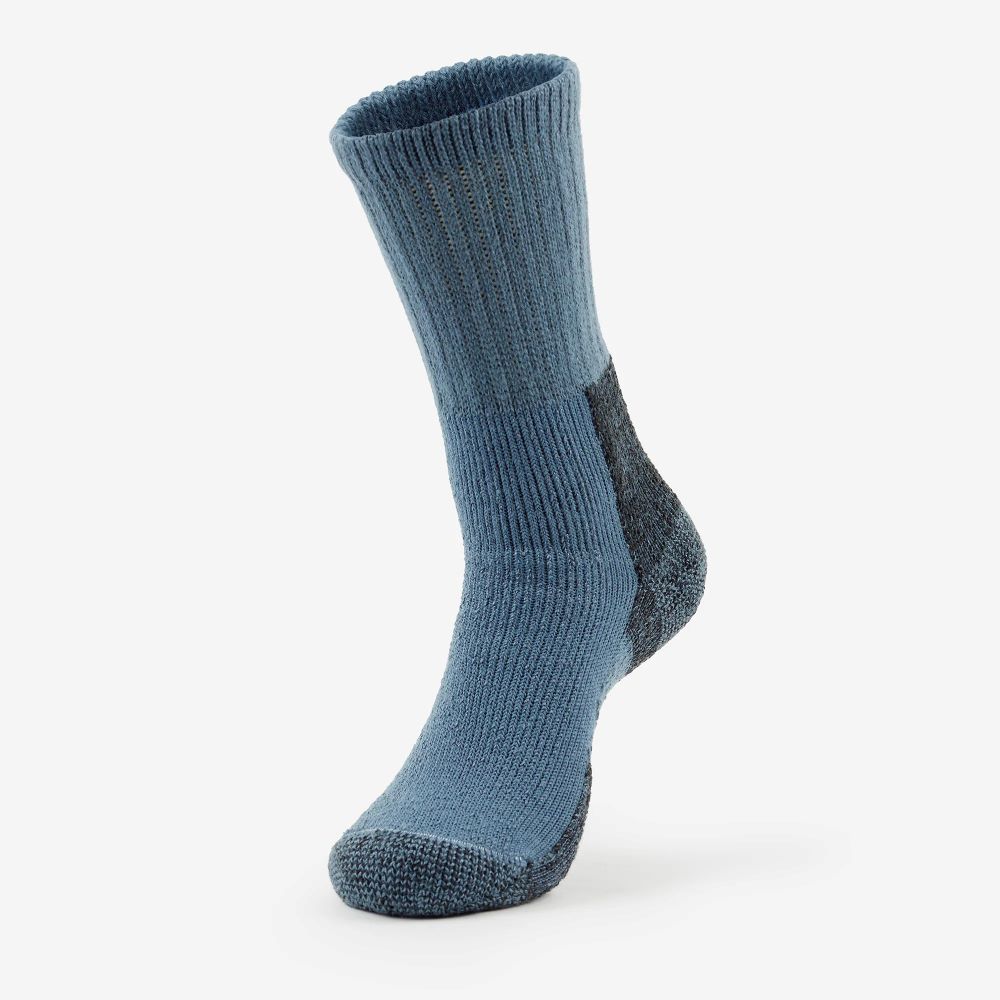
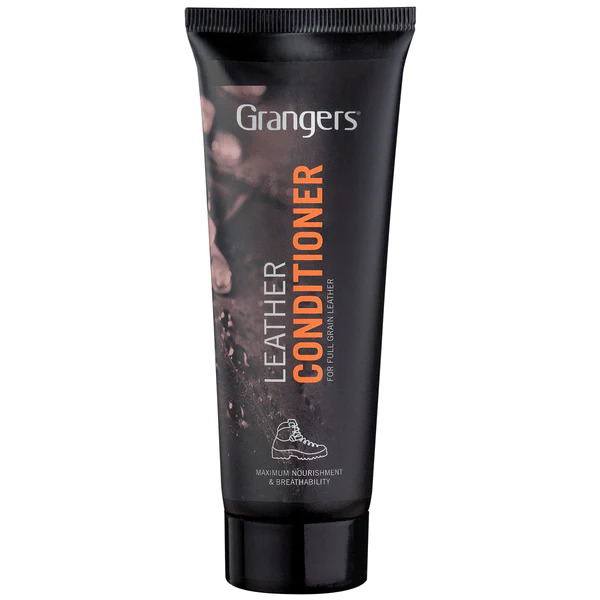
Thorlos Womens Crew Hiking Sock Granger Leather Conditioner
Final Tips & Common Mistakes
DOs:
- Clean your boots after every hike to prevent build-up.
- Use material-specific cleaning products.
- Dry boots naturally and store them properly.
- Regularly waterproof and condition your boots.
DON’Ts:
- Don’t use harsh detergents or machine-wash your boots.
- Don’t dry them near direct heat sources.
- Don’t ignore small damages, repair them early to extend boot life.
Conclusion
Investing time in hiking boot care pays off in the long run. Clean boots last longer, perform better, and keep your feet comfortable on the trail. By following these how to clean hiking boots aftercare tips, you’ll ensure your favourite pair is always ready for your next adventure.
Taking care of your gear is part of being a responsible hiker. Treat your boots well, and they’ll take care of you on every step of your journey!




